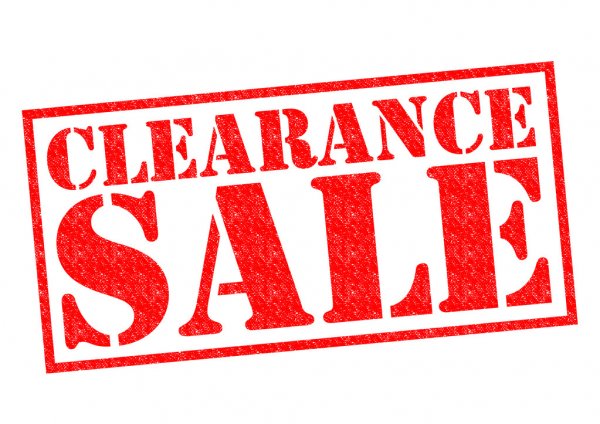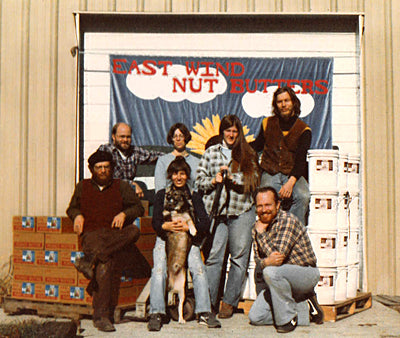


East Wind Nut Butters
At East Wind Community, we care about what you eat.
We take great pride in producing wholesome and natural nut butters. We carefully select high quality, non-GMO nuts and seeds; NO sugar, corn syrup, preservatives, hydrogenated oils or other stabilizers are added. All of our products are gluten-free and certified Kosher.
We carefully roast, mill, and package our butters in small batches, so we can produce fresh, hand-crafted, excellent tasting nut butter. Our nut butters are tried and true, simple and natural.
We offer you wholesome ingredients for a healthy life.
-

Almond Butter
Made from Mission variety almonds. We dry-roast the almonds and mill them...
-

Cashew Butter
Our Cashew Butter has only two ingredients, Cashews and Safflower oil to...
-

Valencia Peanut Butter
EWNB's Valencia Peanut Butter is produced by dry roasting and milling blanched...
-

Organic Valencia Peanut Butter
EWNB's Organic Valencia Peanut Butter is produced by roasting and milling blanched,...
-

Organic Tahini
With only one ingredient, EWNB's Organic Tahini is milled from roasted Sesame...
-

Utopian Rope Sandals
Since 1976, Utopian Rope Sandals have been made by members of cooperatively...
-

Clearance Items
Welcome to the East Wind Crafts Clearance Section. Products listed below may...
East Wind Crafts
East Wind Crafts is the e-commerce based retail storefront for East Wind Nut Butters and
Utopian Rope Sandals.
We are committed to providing each our customers an authentic and trustful service with the purpose of creating long standing and friendly relationships.
Wholesale Nut Butters
East Wind Nut Butters services multiple large distributors and other food manufacturers needing bulk wholesale quantities of peanut butters, almond butters, cashew butters, and tahini. If you’d like to use our quality nut butter as an ingredient in your product, or are a large reseller, we’re happy to work with you.
Wholesale orders require a minimum order of 360lbs or 240lbs + $50 handling fee. Shipping rates are based on weight, pallet count, distance and/or special receiving requirements. Please contact us for an estimate.
Wholesale purchases have a 2-week lead time.

About East Wind
Community Made, Collectively Owned
Since 1980 East Wind Nut Butters has been owned and operated by members of East Wind Community - one of the oldest intentional communities in America.
As equal owners of East Wind Nut Butters, we participate in all aspects of our business. From roasting raw nuts, milling butter, packaging finished product, and servicing equipment, to shipping, business management accounting and taking care of customer relationships.
Customers of East Wind Nut Butters not only receive delicious, healthy food but also contribute to a cooperative way of life!
If you wish to learn more about East Wind Community, please visit our website at https://www.eastwind.org
Articles & Recipes
-

East Wind Nut Butters Uses Glass Jars
Why are we choosing to use glass jars when it seems like everyone else has switched to plastic containers?
East Wind Nut Butters Uses Glass Jars
Why are we choosing to use glass jars when it seems like everyone else has switched to plastic containers?
-

Why Valencia peanuts make the best peanut butter.
Not all peanuts are the same. Currently, there are four different varieties of peanuts in the market: Virginia, Spanish, Runner and Valencia.Virginia peanuts are most commonly eaten as whole peanuts...
Why Valencia peanuts make the best peanut butter.
Not all peanuts are the same. Currently, there are four different varieties of peanuts in the market: Virginia, Spanish, Runner and Valencia.Virginia peanuts are most commonly eaten as whole peanuts...
-

Hummus recipe with Tahini
Hummus is a Middle Eastern or Arabic delicious spread made from chickpeas, lemon juice and Tahini. Sometimes we will make a whole batch and keep it the fridge for everyone...
Hummus recipe with Tahini
Hummus is a Middle Eastern or Arabic delicious spread made from chickpeas, lemon juice and Tahini. Sometimes we will make a whole batch and keep it the fridge for everyone...










